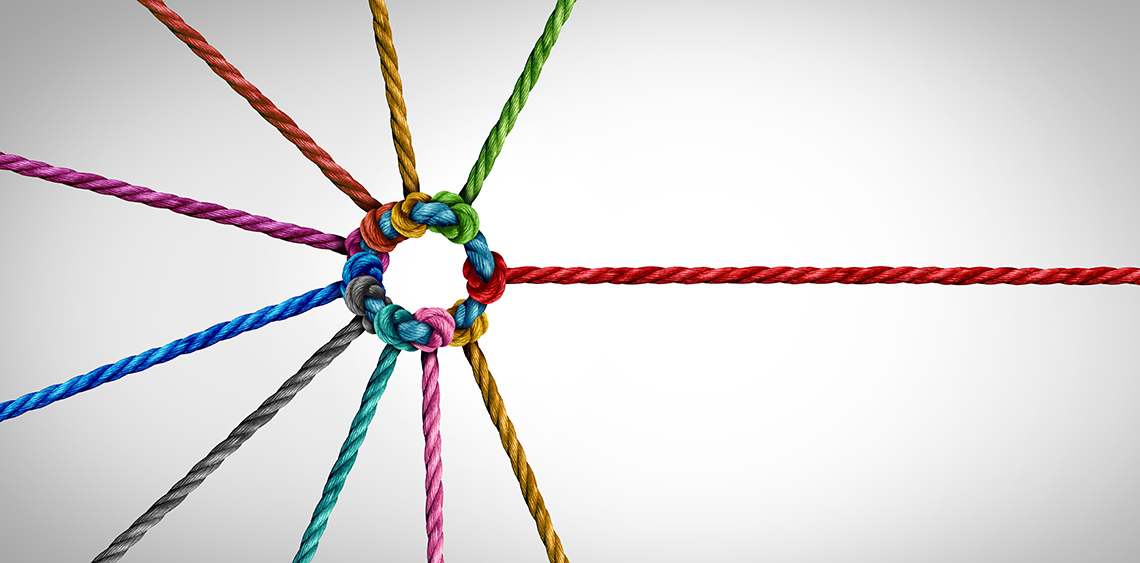Minds On
Children’s programming

Is the Milky Way made out of milk? This is the question at the heart of this TVO Kids video created for a younger audience.
As you explore this video, consider how you can connect to this video. Record your ideas orally, digitally, or in print.
Reflection questions
- Did this video make you think of any other texts about space and the universe? How was it similar? How was it different?
- Did you know any of this information before? Where did you learn it?
Action
Making connections
In the Minds On activity, you were asked to consider how the video you explored was similar or different to other oral texts you have experienced.
You were making connections!

There are 3 main ways that we make connections to texts.
Press the ‘Connections’ button to learn the three main ways that we make connections to texts.
These are connections between the text and our own knowledge and real-life experiences. If we are about to explore spoken word poetry in class, we begin to make text – self connections about this oral text. What, if any, spoken word poetry have I experienced before? Do I have a favourite spoken word poem? Do I enjoy this form of text?

These are connections we make between different types of texts. The question you were asked in Minds On about comparing the video to other oral texts you have experienced was an example of this type of connection. What are the similarities between these two text forms? What are the differences?

These are connections we make between texts and the world around us. If we return to the example about the spoken word poem, as we are experiencing the poem, we may begin to connect the message of the poem to the world around us. Where have I heard this message in the world around me before? What facts have we learned about this topic?

Consider possible connections to the following examples of oral texts, poems, books, and articles. Make any connections you can for each example.
Press the ‘Hint’ button to access how to make a detailed connection.
Be sure to record a detailed connection that refers to both the oral text AND your connection point.
- A poem on a poet’s lived experience
- A song that tells a story about society in a different area of the world
- A short video clip on simple machines
- An article about Canada in the 1930s
- A report on climate change
- A presentation on a new social media platform
Complete the Text Connections Chart in your notebook or using the following fillable and printable document.
Press the ‘Activity’ button to access Text Connections Chart.
Digging deeper

Using the video option here, about the Toronto Zoo, or a short oral text of your choice, you will now make all three connections to the oral text.
Be sure to record a detailed connection that refers to both the text AND the connector.
Complete the Text Connections Chart in your notebook or using the following fillable and printable document.
Press the ‘Activity’ button to access Text Connections Chart.
Consolidation
Review your learning
For each term select the corresponding definition.
Teaching how to make connections

You are being tasked with teaching a younger set of students the three types of connections and examples of each connection. In your own words, create an informational piece that would help younger students (age 7 – 9) understand this concept.
You can create one of the following:
- an audio recording
- a descriptive written paragraph
- a brochure
- slides
- a short video presentation
- an artistic presentation
- a script of an oral presentation
- a live version of your presentation
Use the following checklist to be sure you have all the necessities as you create your presentation:
Reflection
As you read through these descriptions, which sentence best describes how you are feeling about your understanding of this learning activity? Press the button that is beside this sentence.
I feel…
Now, record your ideas using a voice recorder, speech-to-text, or writing tool.